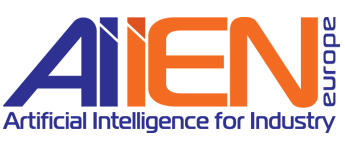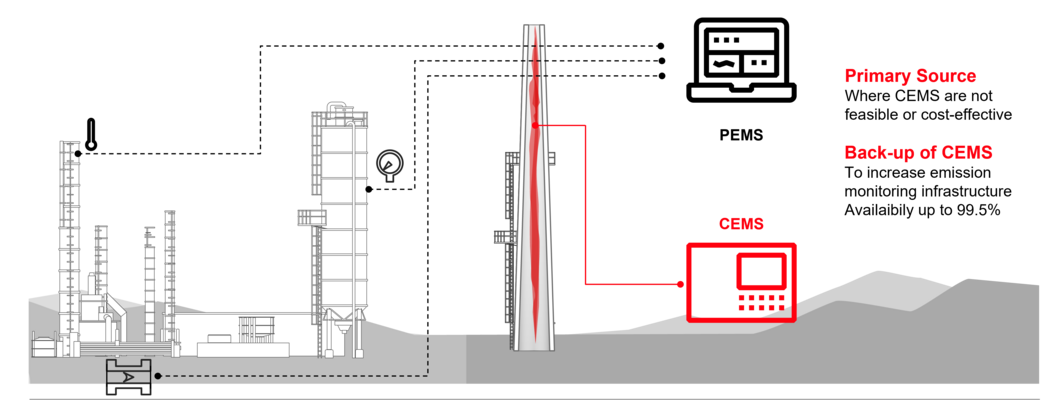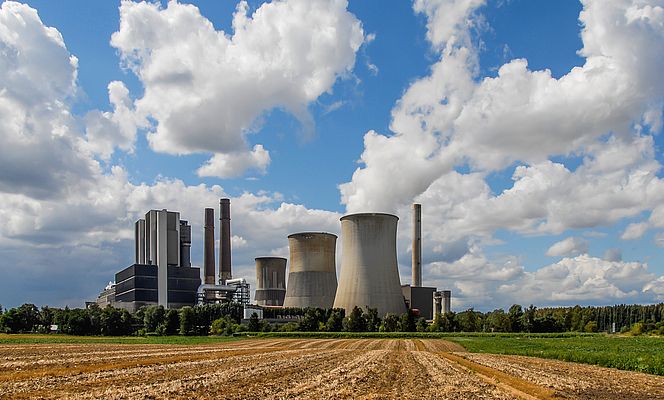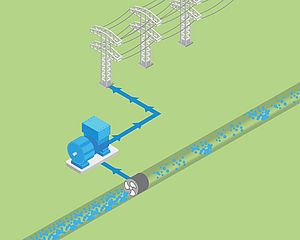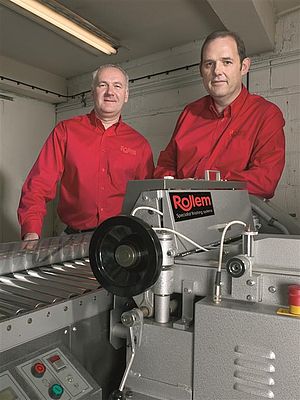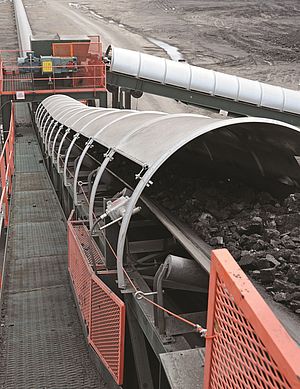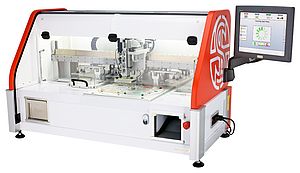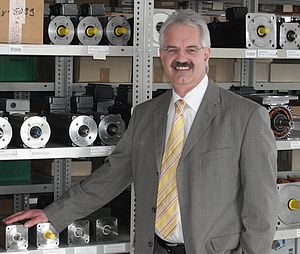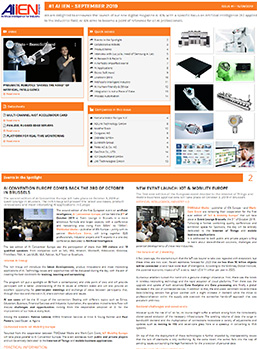With predictive emission monitoring systems (PEMS) gaining favour with authorities and industrial companies alike, Gregorio Ciarlo, Product Manager for Predictive Emission Monitoring Systems for ABB Measurement & Analytics, takes a look at this new technology, and examines how it fits alongside established continuous emission monitoring systems (CEMS) technologies.
In the process industries, legal requirements require the continuous acquisition of emission data to monitor and control a variety of pollutants and greenhouse gases released into the atmosphere. Such data verifies that plant emissions do not exceed law-enforced thresholds, with any failure to provide emission values for extended periods poten-tially leading to financial and legal penalties. From a plant owner’s perspective, the importance of demonstrating compliance means it is therefore vital that efficient and reliable tools for acquiring emission data are available.
Until recently, emissions have largely been monitored using continuous emission monitoring systems (CEMS). Available in a variety of formats, including extractive and in-situ measurement options, these hardware-based systems normally include analyzers to sample and identify the compositions of released flue gases, and an IT infrastructure to manage, record and store the emissions values.
These established systems are now being joined by a new breed of emission monitoring system. Utilizing advanced mathematical modelling techniques, software-based predictive emission monitoring systems (PEMS) are increasingly providing an alternative for monitoring and recording air pollutant emissions.
What is PEMS and what benefits does it provide?
PEMS exploits advanced mathematical models, which use process parameters including pressure, temperature and flow as input variables in order to estimate air pollutant emission levels. PEMS applications leverage the existing correlations between these process variables and the emission values to develop and deploy a reliable model able to accurately provide emission data.
As a means of measurement, model-based emission monitoring provides several key advantages, including:
- Recognition as an accepted measurement technique by international environmental regulations and stand-ards.
- Ability to offer increased emission data availability up to 99.5%
- Lower capital investments and reduced ownership costs, with minimal maintenance needs and not requiring consumables and spare parts.
- Easy integration at plant, being a non-invasive software solution that can be quickly deployed at site, opti-mizing overall footprint and space and minimizing disturbance to plant operations
- As a back-up for CEMS systems, PEMS can help identify possible malfunctions and provide an alternative measurement when the analyzers are in maintenance
- They can provide an overview on the process, highlighting anomalies and providing a preliminary evalua-tion of excess emissions
These advantages are seeing PEMS playing a widespread role in the future monitoring of emissions from industrial plants, with a corresponding growth in take up as its benefits are realized. According to the ARC’s 2019 report ‘Emissions Monitoring Systems Global Market 2018 to 2023’, shipments of PEMS solutions are projected to grow at a CAGR of around 6.8 percent, from USD 29.5 million in 2018 to USD 41.1 million in 2023, with growth driven by a combination of increased environmental awareness and stringent environmental regulations to achieve targets such as those set by the 2016 Paris Agreement.
How PEMS can complement CEMS
While PEMS are able to deliver excellent results in environmental projects, this does not mean that these systems are going to replace CEMS. Instead, the choice will depend on factors such as process layout, equipment and operative conditions. Ideally, an effective solution portfolio should include both software and hardware-based emission monitoring strategies, providing the ability to cover the whole range of possible applications. For example, the model-based nature of PEMS means it may have an edge when applied to boilers, gas turbines or furnaces where conditions are relatively stable, while conventional CEMS are to be preferred in applications with more changeable conditions such as waste incinerators or the most complex industrial processes such as those in the chemical industry.
As a further example, the oil & gas industry is one sector where PEMS can play a pivotal role in monitoring emissions while helping to optimize plant operations: the inherent advantages of PEMS make them a valuable solution for onshore and even more in offshore applications, where compact footprint and reduced maintenance requirements are of paramount importance.
A PEMS example
ABB's PEMS solution has been successfully implemented at one of the major oil and gas company in the Gulf region to help measure gas turbine emissions. To design the most appropriate models for PEMS, a temporary CEMS analyzer was used to acquire proper emissions data, with process data simultaneously being collected directly from the plant distributed control system (DCS). Data collection was carefully designed together with the support of plant operators to cover the widest range of process conditions.
Data processing, model design and offline validation and site implementation activities were executed using the ABB proprietary software Inferential Modelling Platform. Data processing is a key task during the development of an empirical model and involves crucial steps.
To begin with, the optimal sampling rate was identified to ensure an adequate set of representative records were available for modelling purposes. Sophisticated statistical and mathematical techniques were then applied to select the most relevant parameters to be included as input variables for the models. Neural Networks algorithms were used for model finalization as they proved to be the most efficient and robust in terms of accuracy and reliability.
The final PEMS system was integrated with the DCS and other plant automation infrastructure.
Once installed, the system was subjected to an Environmental Protection Agency (EPA) assessment and certification process by an authorized third-party company. During this process, emissions estimations by PEMS were compared to values measured by CEMS at different operating conditions, enabling the relative accuracy of the PEMS system to be determined.
As the performances for each emission were compliant with EPA regulation, the system was certified and accepted by the customer.
Refineries in Italy and in the Mediterranean region have also incorporated ABB PEMS with similar positive experi-ences.
The future
Acquiring proper, and reliable information about emission levels is crucial both for determining strategies for keeping emissions within regulatory requirements and in the ongoing effort to tackle climate change.
While PEMS as a technique is emerging as a viable alternative to CEMS, it should not be considered a like for like swap in all applications. Industrial companies should contact a trusted emission monitoring system supplier to assess the best options for their plants and operations, which may often be a combination of both CEMS and PEMS.
